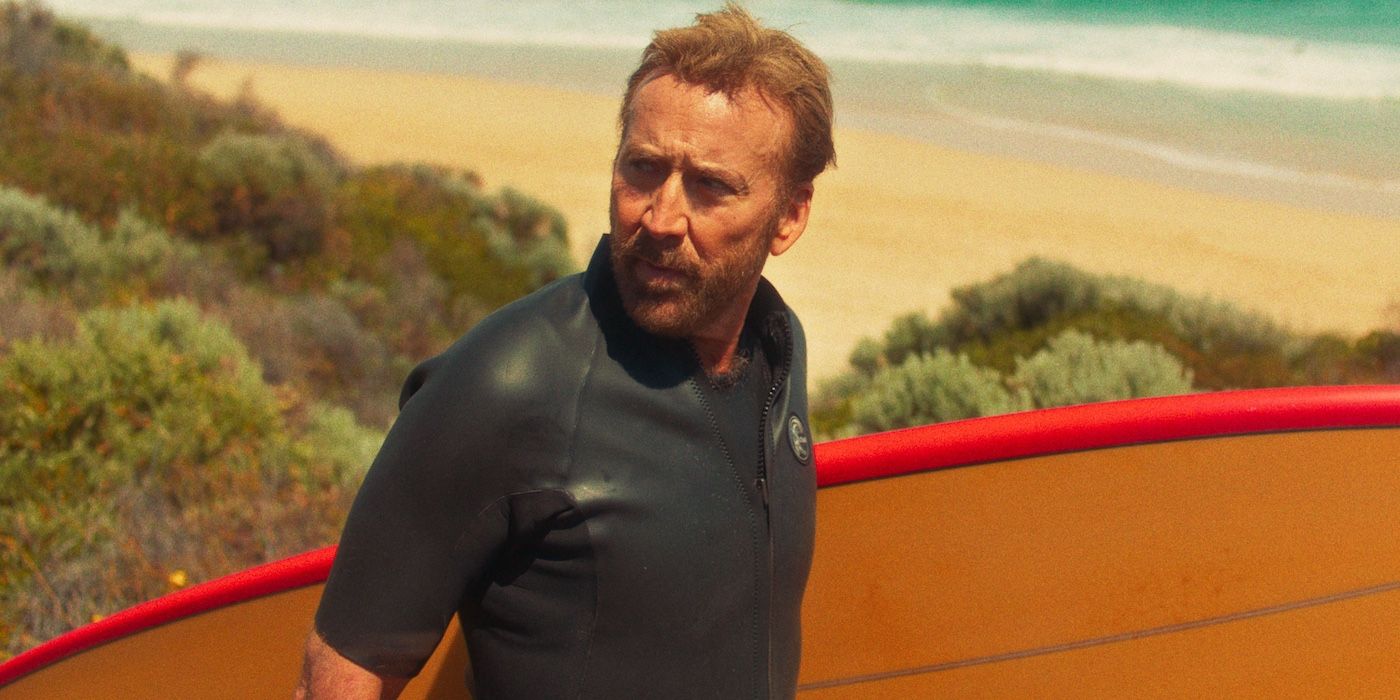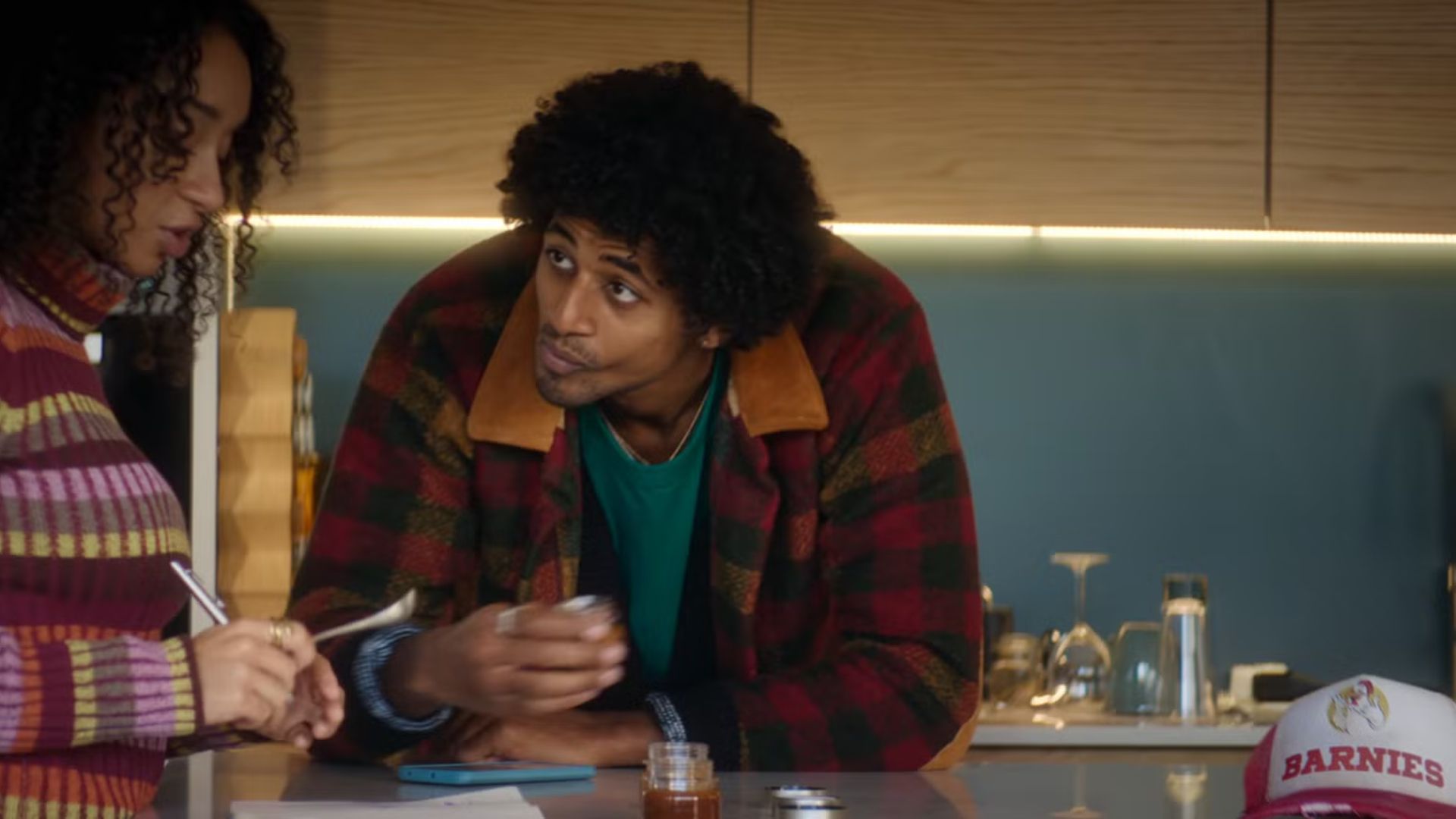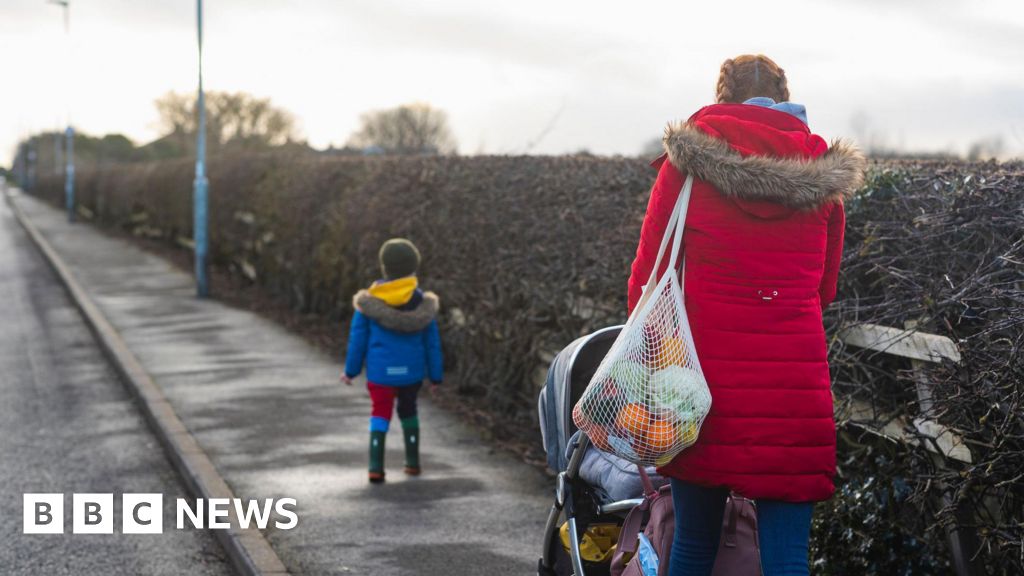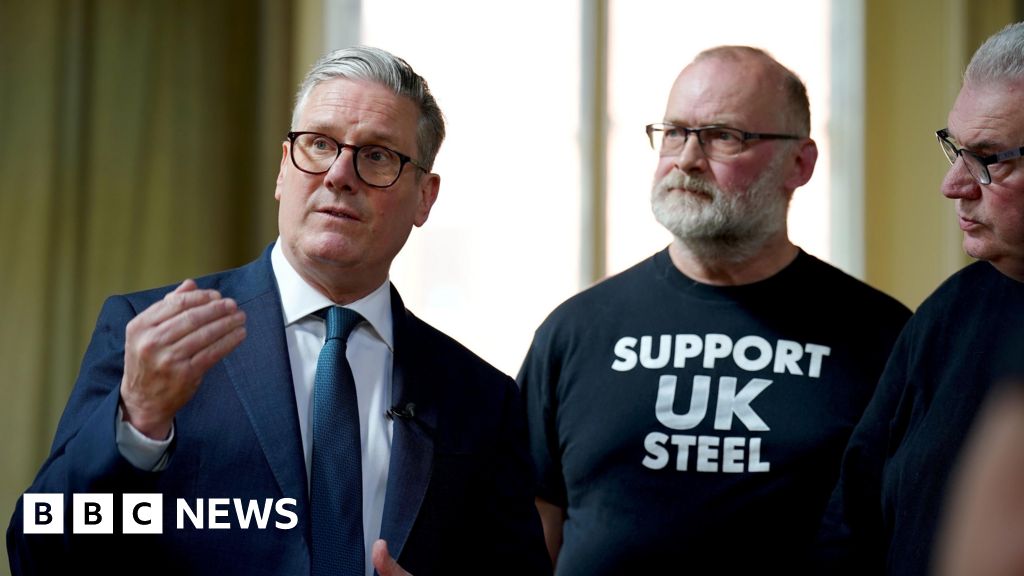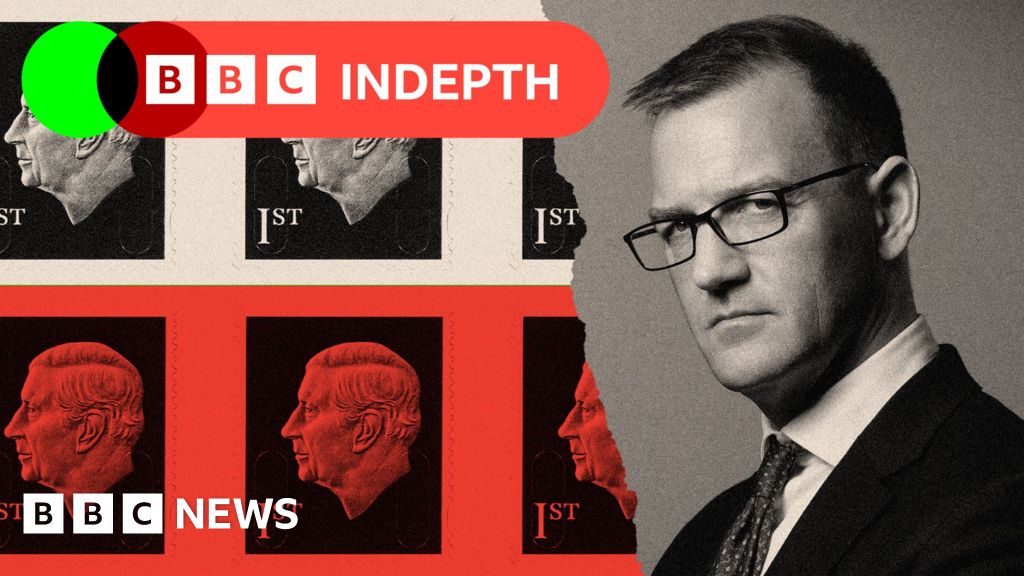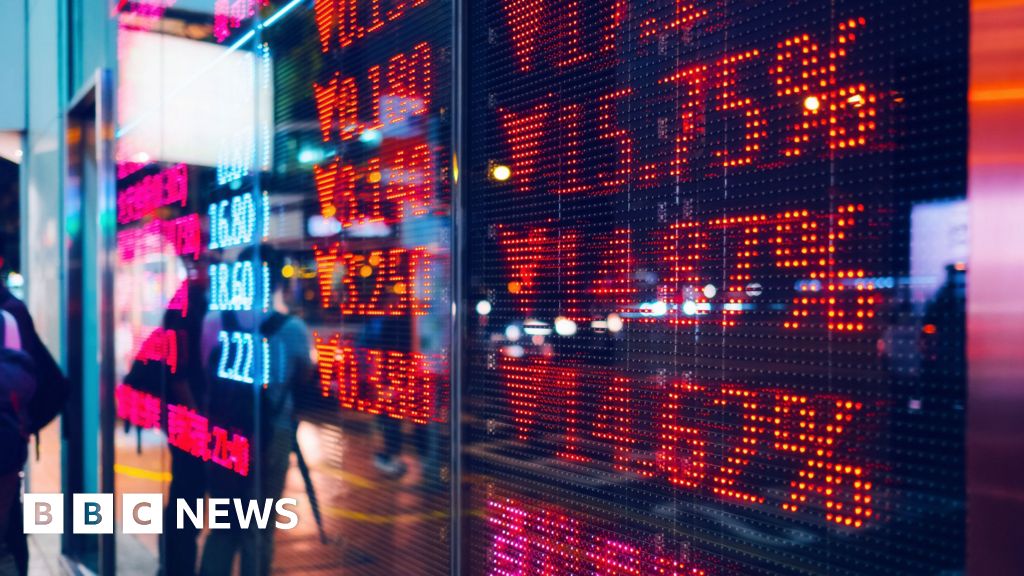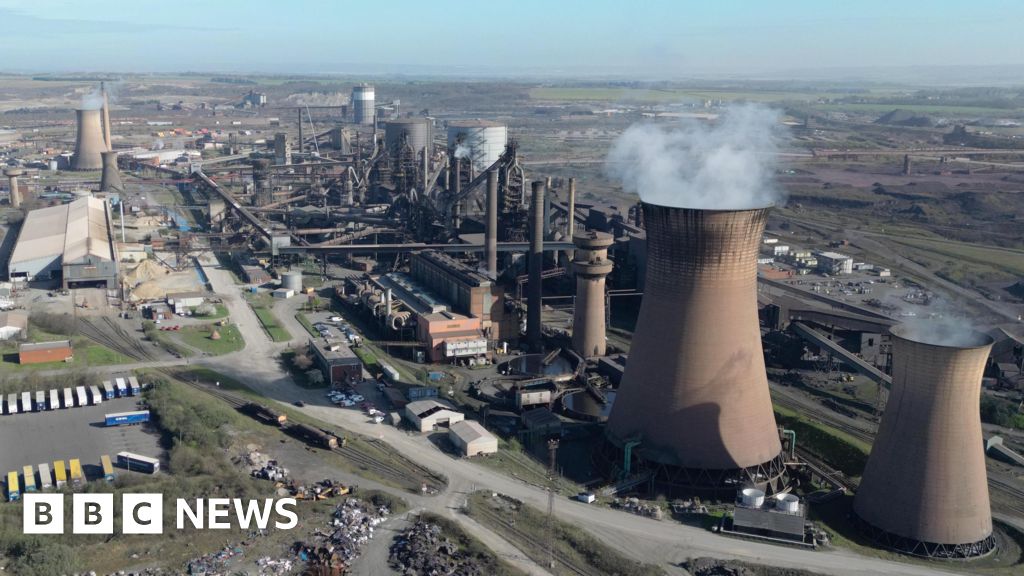Starbucks is about to “uplift” 2,000 stores with a new design

Starbucks held its quarterly earnings call Tuesday, during which CEO Brian Niccol highlighted a slew of design steps the company is taking as part of its overall turnaround strategy.
While Niccols described the company’s drop in quarterly earnings as “disappointing,” behind the scenes, he claims the coffee chain is still making progress towards its back-to-basics comeback plan by upgrading its coffeehouses, standardizing the Starbucks experience store to store, and more efficient systems. All of this will begin to roll out over the next few months.
Here’s a rundown of the design changes so far, and what’s heating up for next quarter.
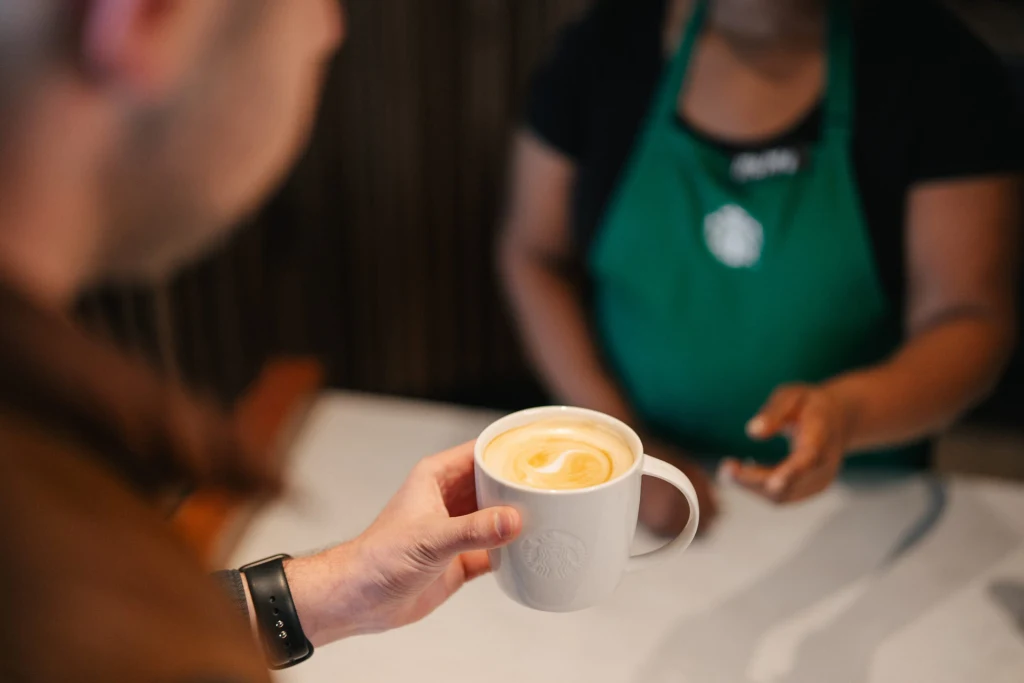
1. Coffeeshop “uplifts” coming to select cities in months
Starbucks has been planning to make its cafes more cozy for a while now, as part of an effort to keep customers coming back and spending more time in-store. On its Tuesday earnings call, Niccol said store redesigns are moving along and that he expects they will deliver an “exceptional” customer experience.
Coffeehouse “uplifts,” as Niccols described them during the company’s earnings call, will begin to roll out in New York City and Southern California in the coming months. The chain designed the updates to its cafes to feel more premium, warm, and inviting while also keeping costs down and minimizing store closures. Already, a return to what Niccol described as “great seats” in some locations have contributed to more customers sitting and staying a while longer.
“The third place is our heritage,” he said. “It’s needed more than ever, and we’re reclaiming it.”
2. An optimized shift app for employees
The company made an update to “Shift Marketplace,” its tool that allows employees to trade and pick up shifts locally, last quarter. This increased the pool of employees able to fill in last-minute shift changes by a factor of 10 so fewer cafes are understaffed, according to the company.
The ultimate goal of the change is to improve employee experience as well as the customer’s in-store experience, by beefing up staffing and decreasing wait times.
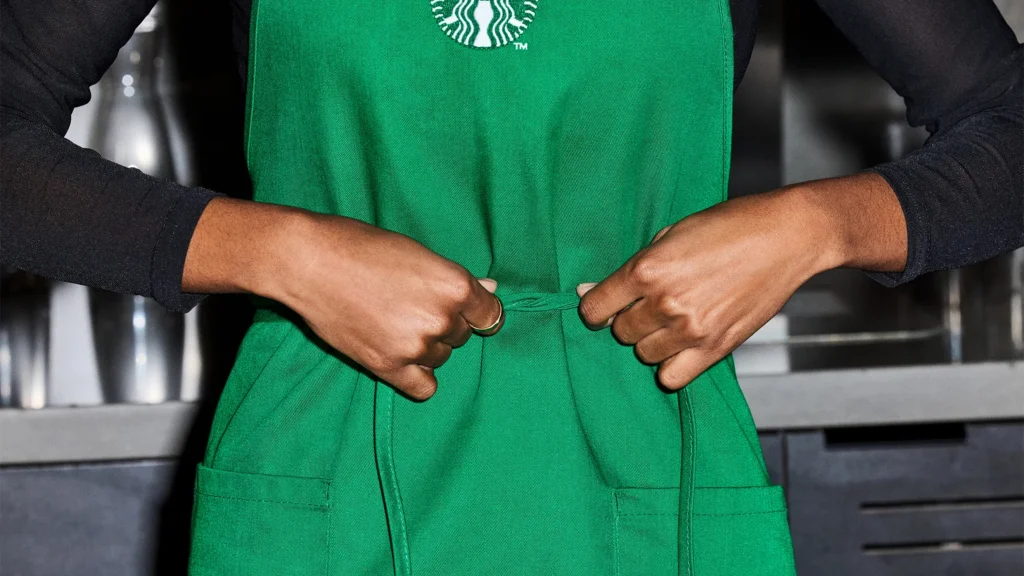
3. The “green apron” premium experience at scale
Niccol said the company had piloted a “new green apron service model” for employees and stores that creates more flexibility, better captures demand, especially at peak hours, and delivers “a more premium customer experience.” The model includes updated expectations and new streamlined routines, and a new algorithm for sequencing when to make preordered drinks, especially important during peak times.
The new model will be expanded to more than 2,000 U.S. company-operated locations beginning in May, and reach more than two thirds of its cafes by the end of the fiscal year.
4. Paired with premium drinks and a redesigned menu
Starbucks has simplified its menu and its also focusing on premium drinks. It plans to fully roll out its proprietary single-cup Clover Vertica brewer, which has now been installed in 70% of stores. Niccol said Starbucks is also now working on artisanal snacks and freshly baked and prepared food it can bring to stores. The more upscale menu goes hand-in-hand with the elevated store design, aimed at getting customers to come in, spend more, and stay longer.
Niccol said Starbucks is also finding ways to improve on existing products, like matcha, which saw sales improve 40% year-over-year after the company removed sugar in response to customer feedback. When it comes to seasonal drinks, the company will take “an agile test-and-learn approach” to create drinks that are not only relevant, but “executed consistently.”
5. A new, more efficient ordering algorithm
Starbucks piloted a new algorithm at select stores that does a better job of sequencing the production of drink orders, whether placed at the cafe counter, drive-through and app. According to the company’s tests, it dropped cafe wait times by an average of two minutes. Being able to shave minutes off wait times is especially helpful during peak hours and it gives employees a more streamlined work experience.
“We’re finding through our work that investments in labor, rather than equipment, are more effective at improving throughput and driving transaction growth,” he said. “We’re shifting our focus from beverage production to craft and connection.”
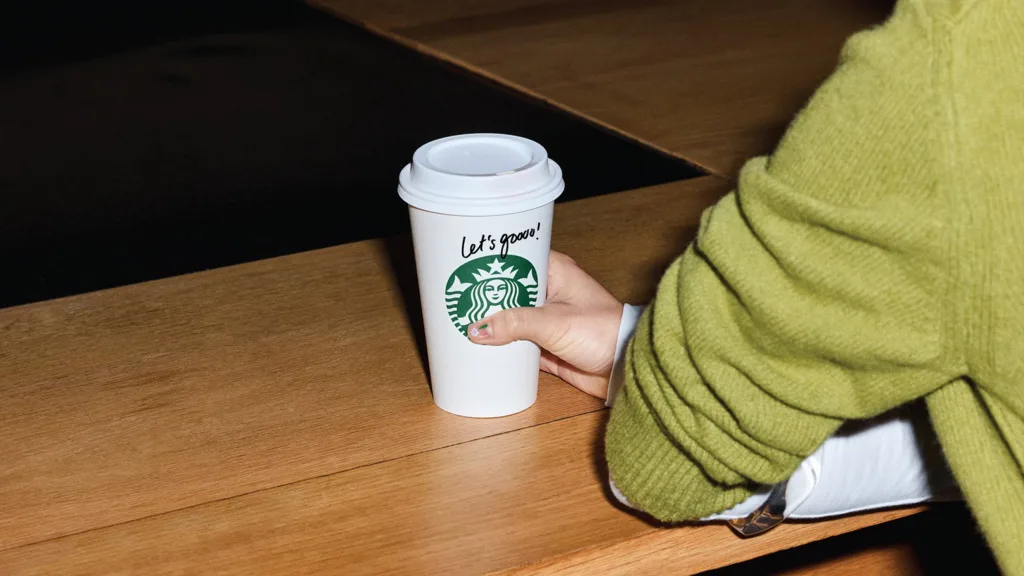
All part of its “Back to Starbucks” approach
Starbucks announced an updated dress code for employees earlier this month to make the customer and employee experience consistent across cafes and ensure the brand’s recognizable green apron was the star of the fit. The dress code is an outward sign of a larger shift at the company.
Starbuck’s other ongoing design changes, like bringing back handwritten notes on coffee cups, ceramic mugs for to-stay orders, and free same-visit refills of hot or iced brewed coffee or tea, have been received positively by customers, Niccol said. Starbucks says it’s getting back to basics, and the coffee chain hopes that a renovated store and improved customer experience will not only deliver on that, but improve the company’s bottom line.
What's Your Reaction?
 Like
0
Like
0
 Dislike
0
Dislike
0
 Love
0
Love
0
 Funny
0
Funny
0
 Angry
0
Angry
0
 Sad
0
Sad
0
 Wow
0
Wow
0





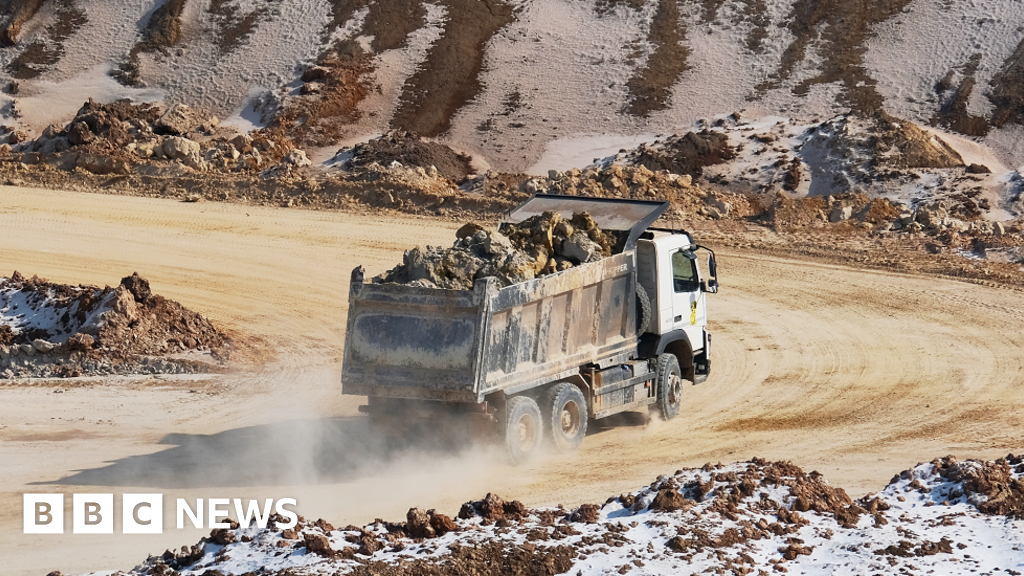
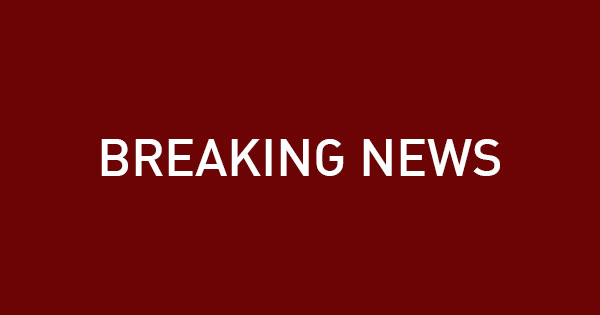







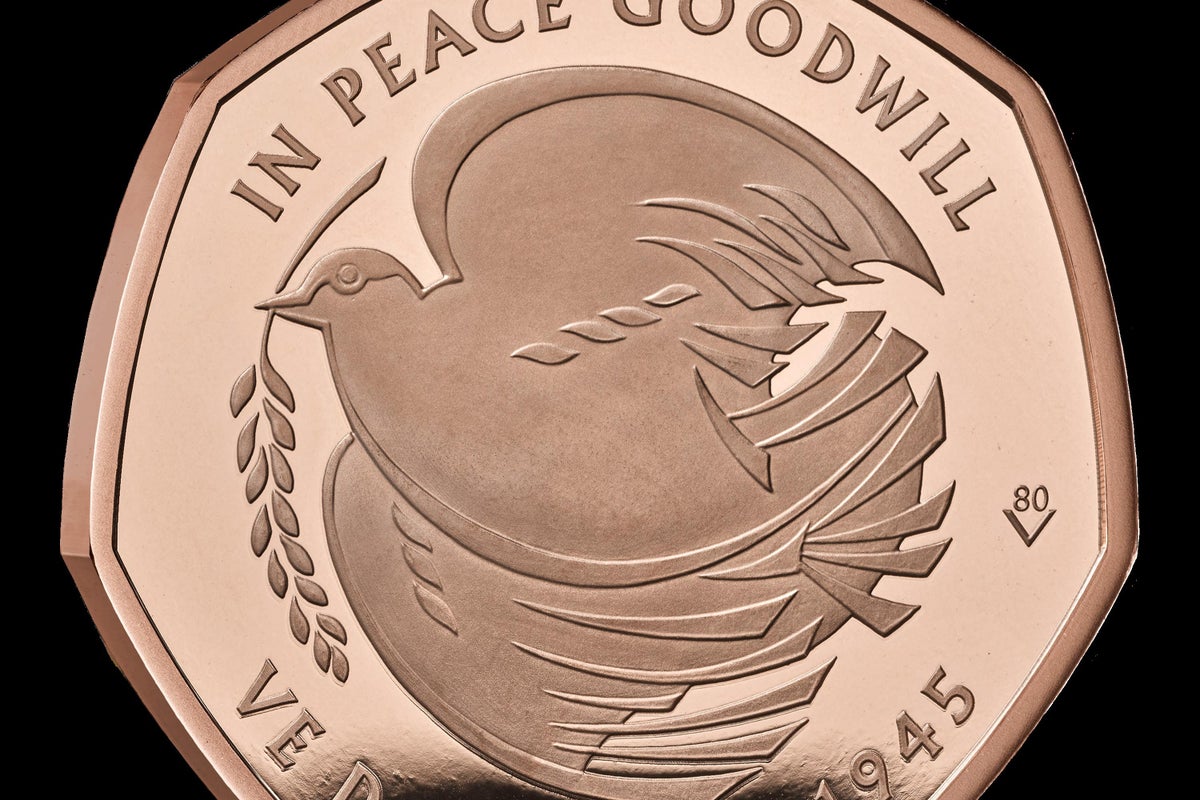










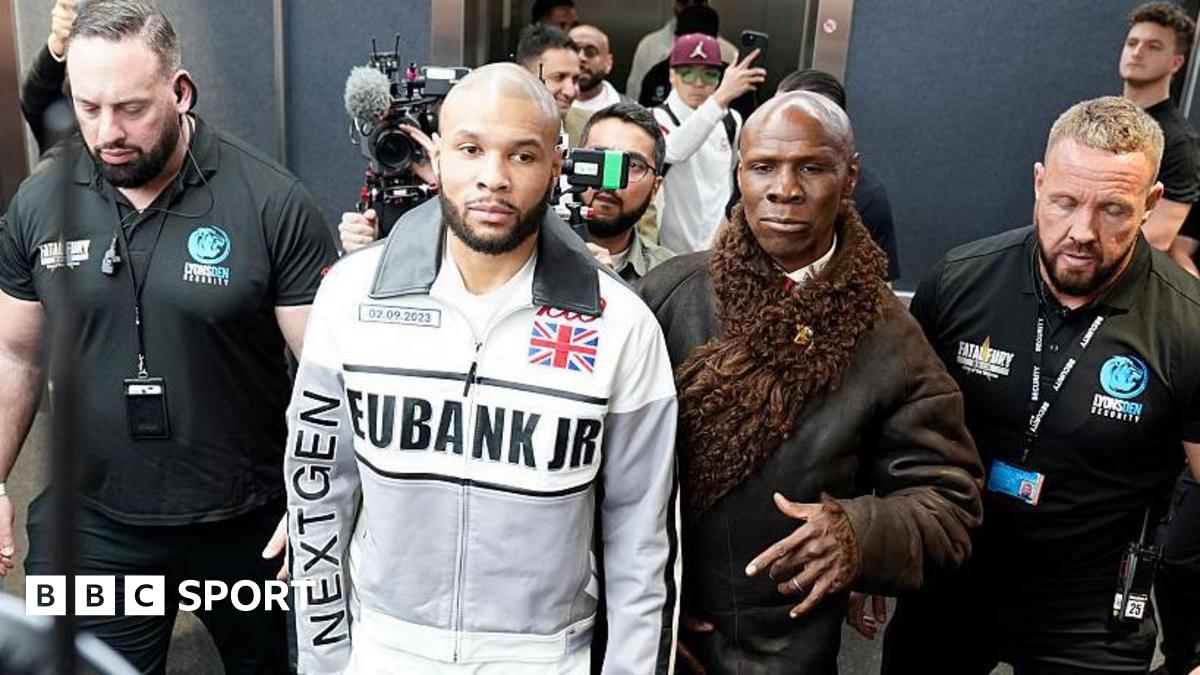







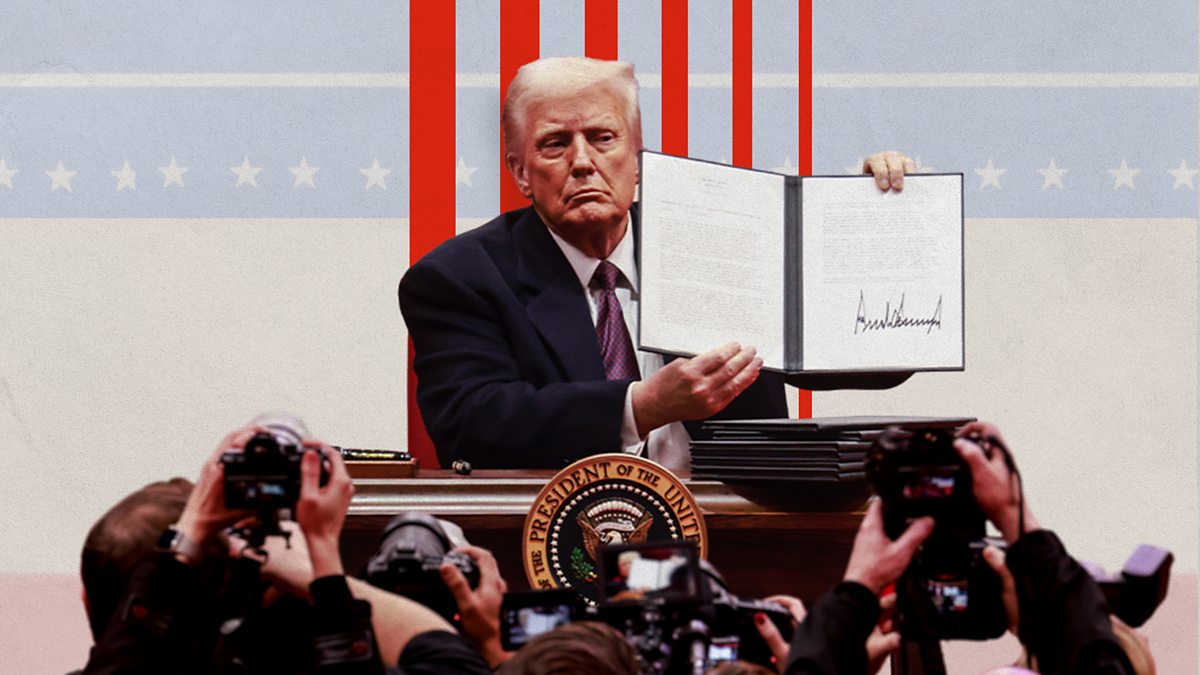



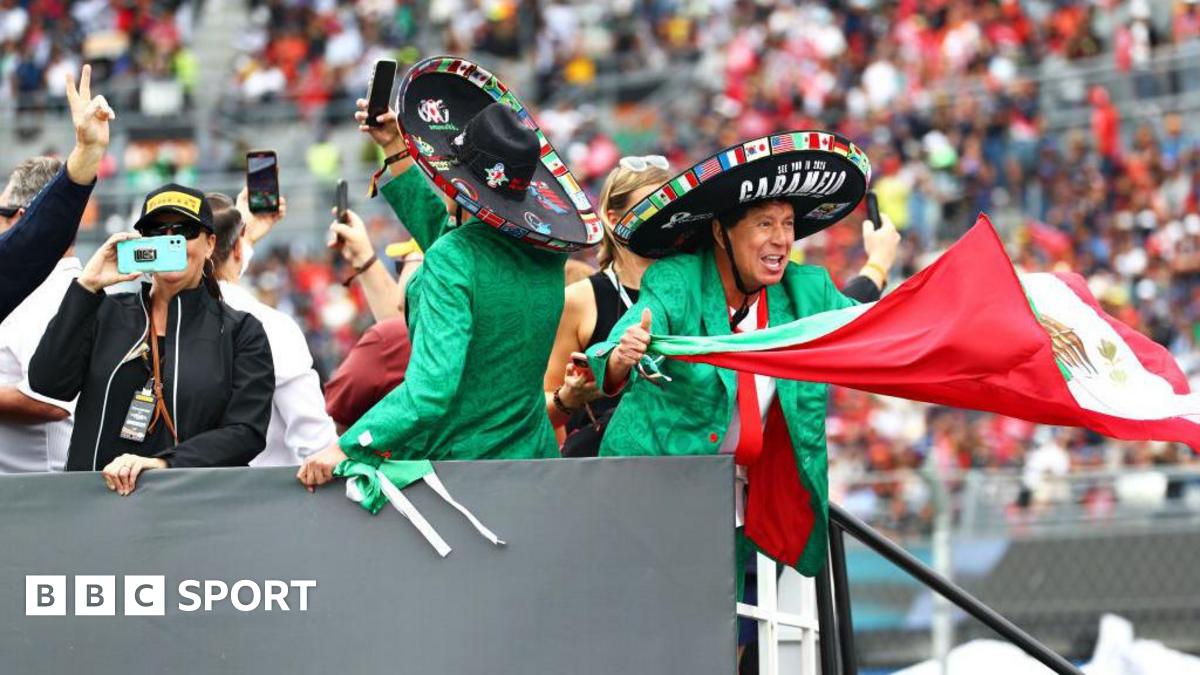


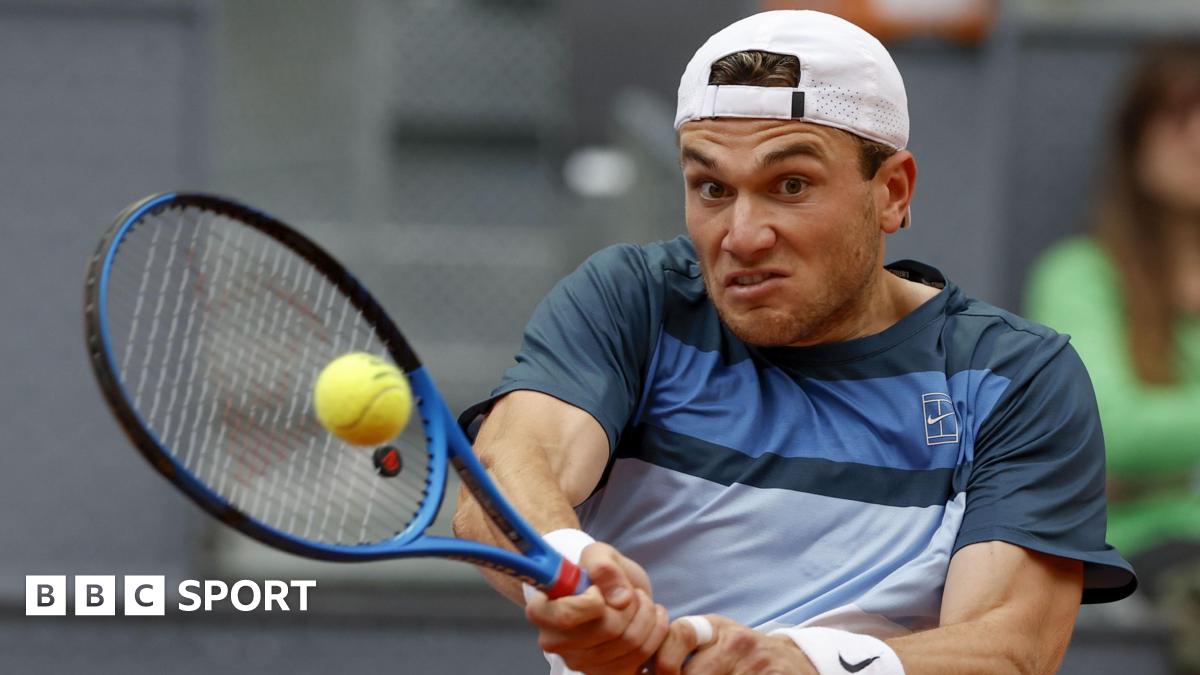
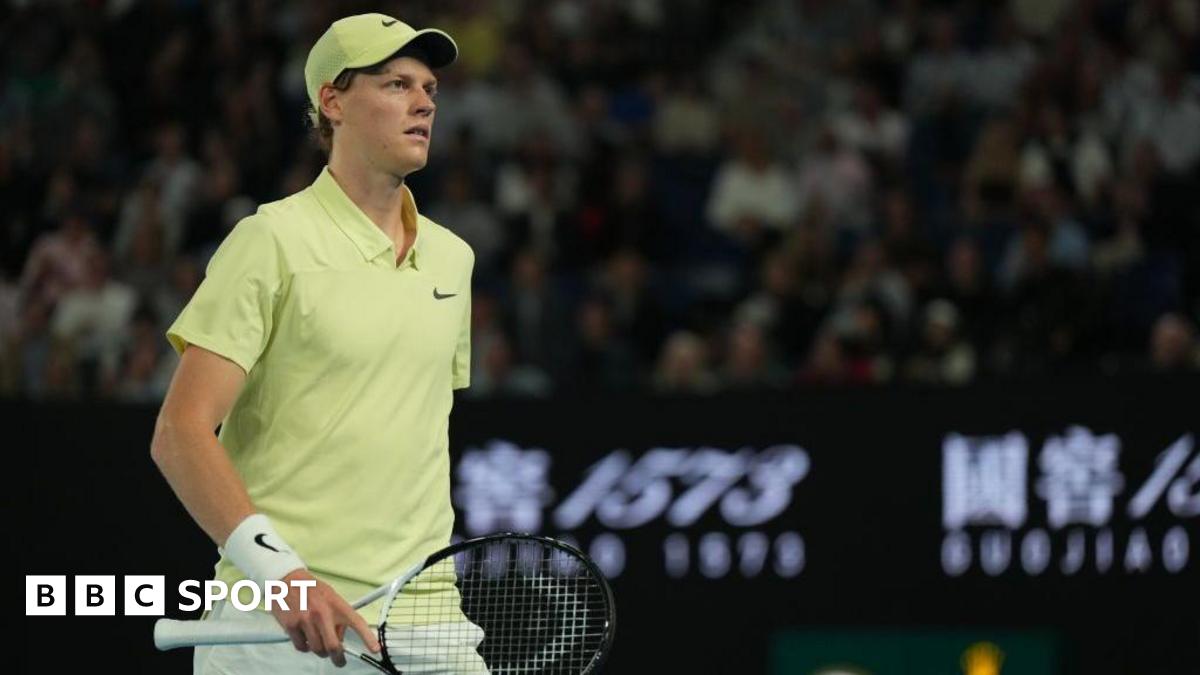

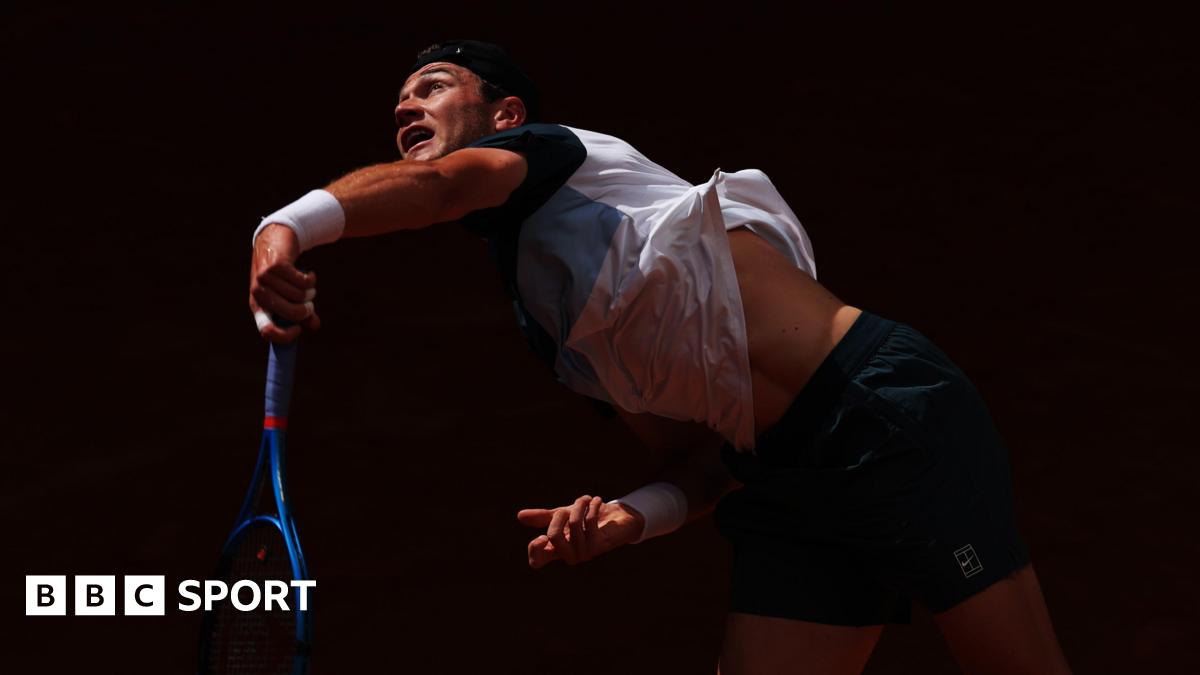

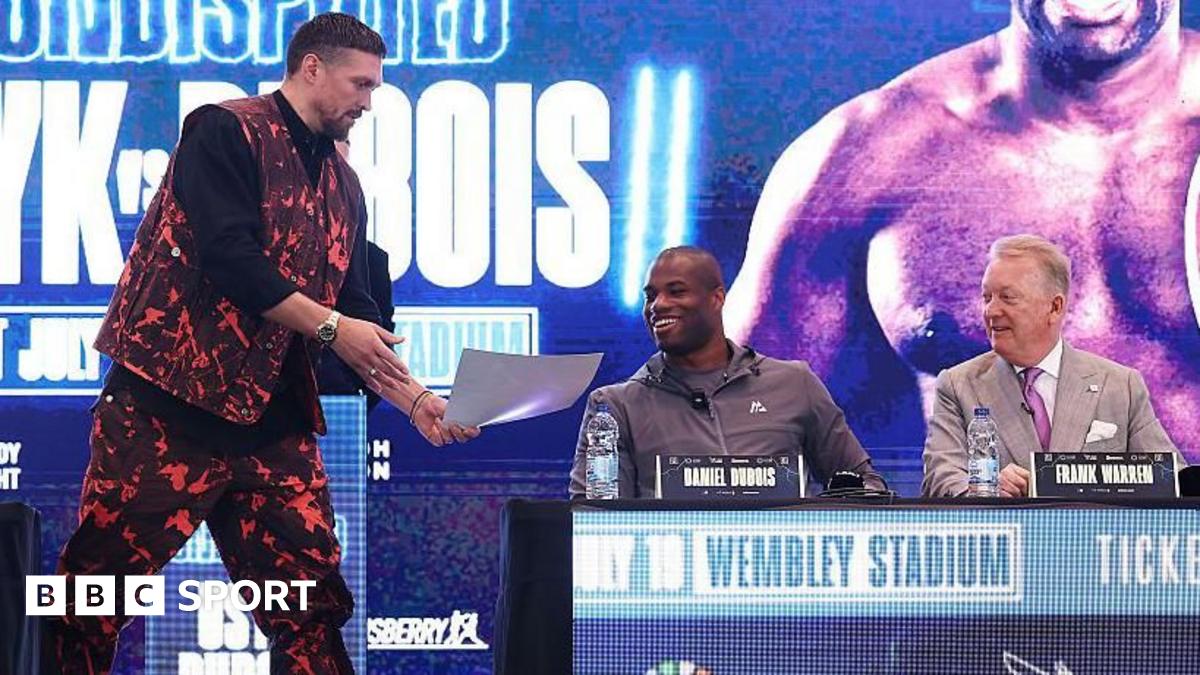

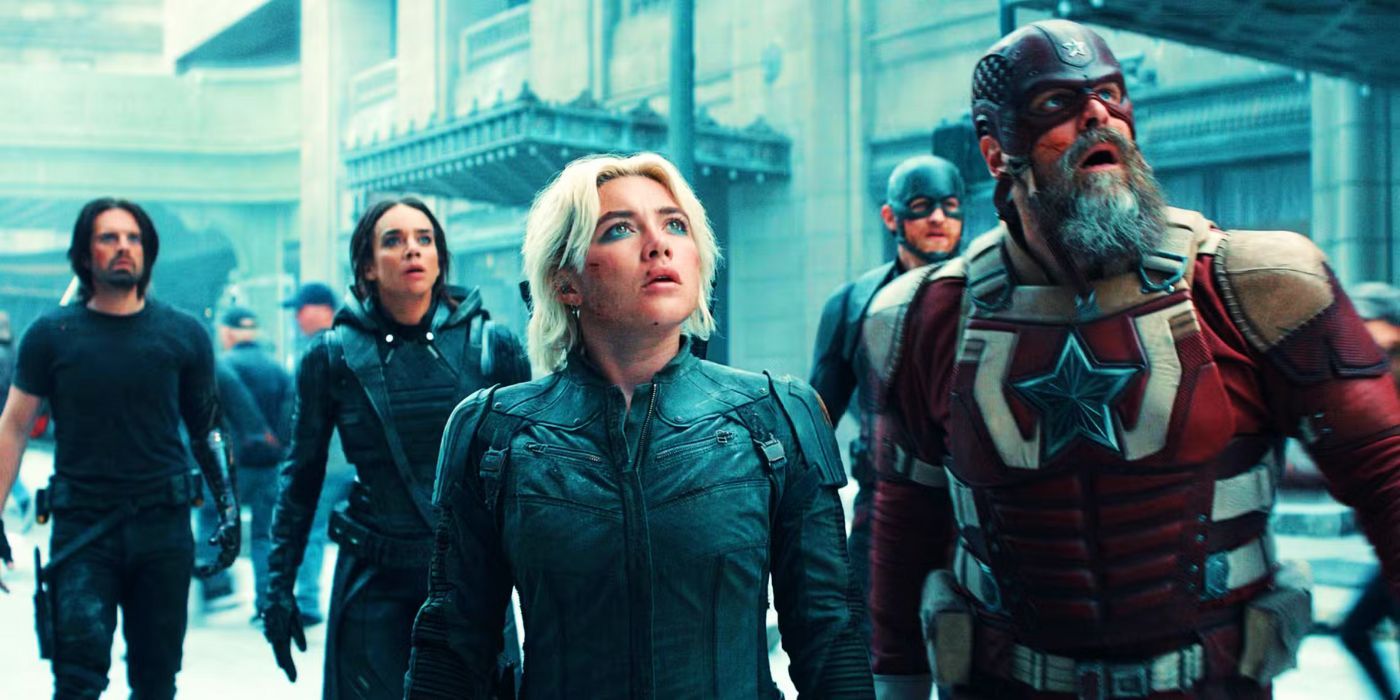
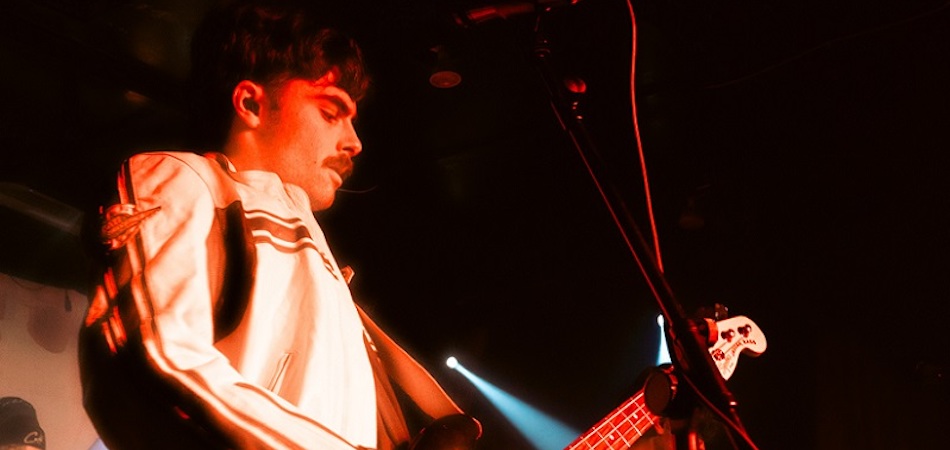
![Sam Robbins chats new album, life on the road, lucky charms and more! [Interview]](https://earmilk.com/wp-content/uploads/2025/04/Sam-Robbins.jpg)
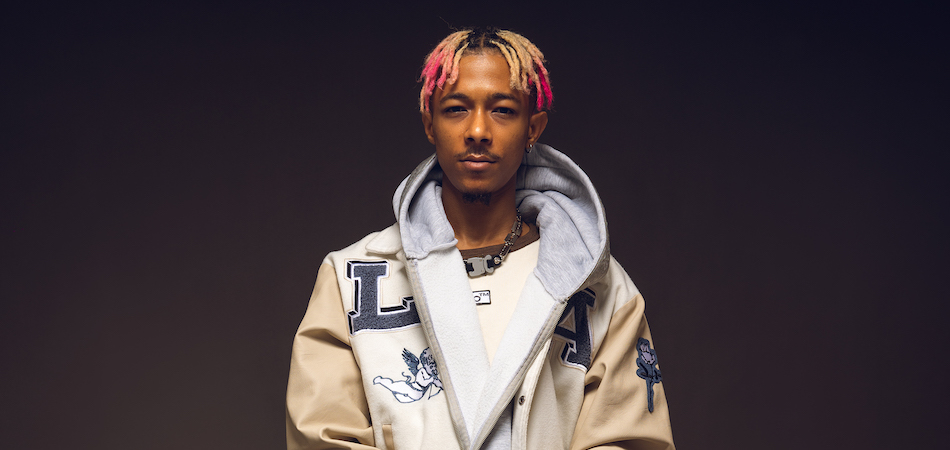
![Abstract Mindstate share hard-hitting release "Bar Louie", featuring David Banner [Video]](https://earmilk.com/wp-content/uploads/2025/04/abstract-mindstate.jpeg)
